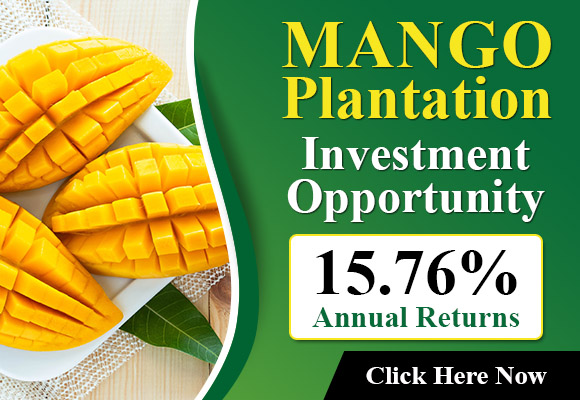Kenyan avocado growers are preparing to enter the second cycle of the season, which will begin in two to three weeks. They are coming off a slow and difficult first cycle, but one that ended on an encouraging note, with demand and prices higher than last season. Paul Kyalo, CEO of Konza Tropicals, shares his insights.
The grower says, “Kenya is currently transitioning from the first main avocado season of the year to the second season, which is expected to begin in the next two to three weeks. The dry matter content of the new crop is currently 18% to 19%. This extended season, which now spans the entire year, is made possible by production in the Rift Valley region. Historically, avocado production in Kenya has been influenced by two main ecological zones: the coffee zones, consisting of warm regions where the season generally runs from February to June, and the tea zones, consisting of cooler regions where the season starts later, from May to August. In recent years, a new major producing region has emerged in the Rift Valley, characterized by large-scale orchards. This region produces fruit from May to March, effectively complementing the traditional coffee and tea growing areas and extending the season throughout the year.”
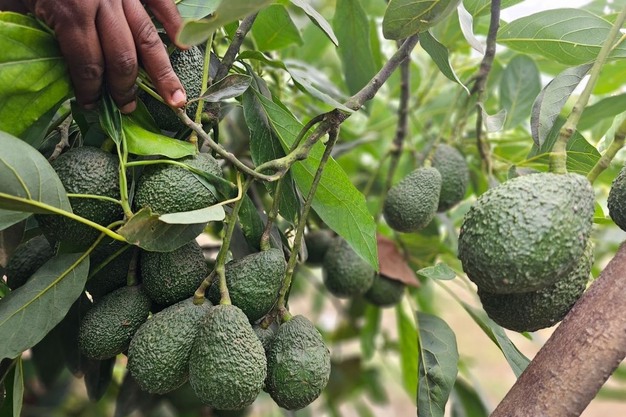 © Konza Tropicals
© Konza Tropicals
Slow first half of the season, ending with strong demand
The first cycle of the avocado season was impacted by the ongoing crisis in the Red Sea, exacerbated by fierce competition on the European market. Kyalo explains: “Export demand in the first half of 2025 was affected by logistical challenges, including longer transit times caused by shipping disruptions in the Red Sea. Although most shipping companies reintroduced Red Sea routes in the second half of the year, transit times to Europe have not yet returned to normal. This situation, combined with oversupply from other summer origins, led to a decline in confidence among Kenyan exporters and importers in key European destinations such as Rotterdam at the beginning of the year.”
According to the grower, deliveries to Europe were slow for most of the first cycle. He adds, “The export campaign to Europe got off to a strong start in 2025, with sustained demand from February to early May. However, from mid-May onwards, we experienced a significant slowdown due to the overlap of massive arrivals from other summer origins, which directly competed with Kenyan fruit in the market. These high volumes continued until August, leading to prolonged market saturation and significant downward pressure on prices. The impact was exacerbated by longer transit times caused by shipping disruptions in the Red Sea at the beginning of the year, which affected arrival schedules and reduced importer confidence during the first half of the season. As a result, while the season started strongly, the middle and end of the season in Europe were difficult, with weaker demand and lower prices compared to the first few months.”
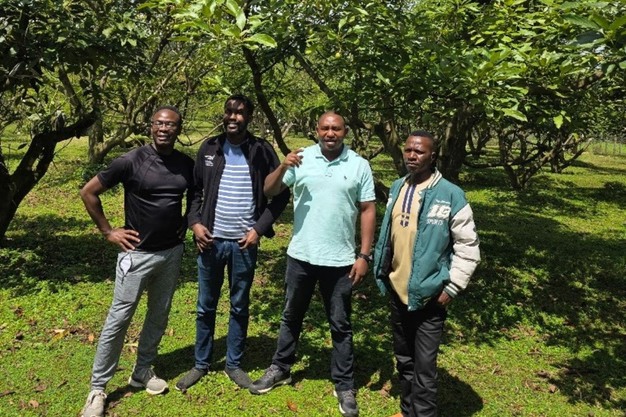 © Konza Tropicals
© Konza Tropicals
However, the end of the cycle has brought marked improvement in demand in several markets, according to Kyalo: “August brought a noticeable change: many European importers are now actively seeking Kenyan fruit to cover their programs for the second half of 2025. At the same time, we have seen growing demand from GCC countries, Asia, and Turkey. These markets performed well in 2025, supported by rising consumption, reliable supplies, and the growing popularity of Kenyan avocados.”
The domestic market to the rescue
International market demand is adding to strong domestic demand from the processing industry. Kenya now has just over 30 commercial or large-scale crude avocado oil processing companies, more than 80% of which have been established in the last two years. As a result, a significant proportion (more than 70%) of Kenyan avocados have been absorbed this year by domestic oil processors. This trend is largely due to strong international demand for avocado oil, which has intensified competition among processors for raw fruit. Unlike the fresh fruit export market, the quality of the fruit in terms of external appearance is less important for oil extraction; the essential condition is adequate ripeness. This has allowed the use to be extended beyond the Hass variety to include Greenskin and local varieties. As a result, domestic demand for avocados in Kenya grew exponentially in 2025, mainly due to the rapid expansion of the local avocado oil industry,” the grower adds.
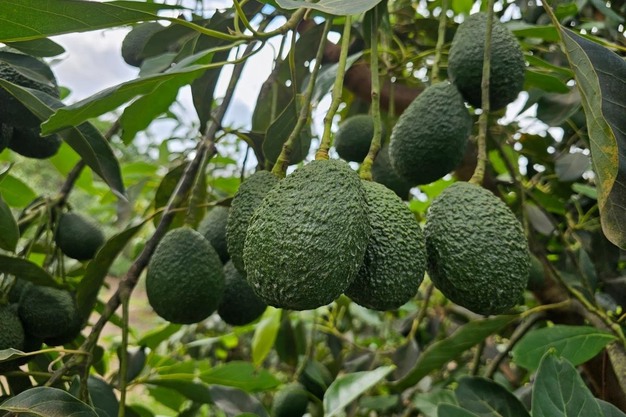 © Konza Tropicals
© Konza Tropicals
Promising second cycle of the season
The rise in international and domestic demand has pushed prices up, Kyalo says. “Since April 2025, avocado prices have been notably higher than in the same period in 2024. This increase is mainly due to strong domestic demand for avocado oil processing. Overall, local avocado prices have risen by around 10% to 20% compared to the previous year. In the second half of 2025, we observed that producer prices for grade 1 fruit destined for the export market reached up to 130 Kshs per kg, while fruit destined for oil processing (all other grades) reached an average price of 50 Kshs per kg. These figures represent a significant improvement over last season, reflecting increased competition for raw fruit between the fresh produce export market and the rapidly expanding domestic oil processing industry.
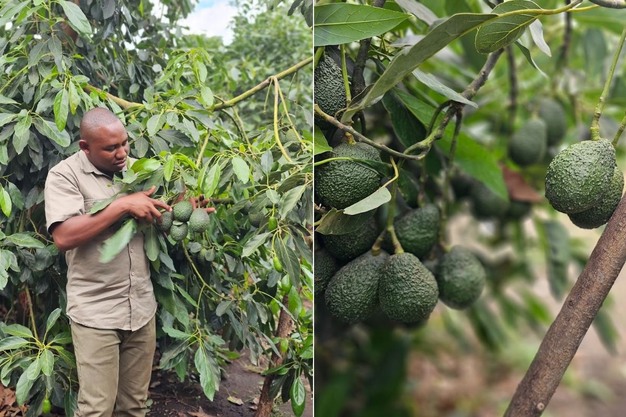 © Konza Tropicals
© Konza Tropicals
Kyalo concludes on a positive note: “The second cycle of the Kenyan avocado season looks very promising. Demand across international markets will be significantly higher, while supply will be more limited than last year, especially given the significant losses recorded in Morocco due to heatwaves. Prices will most likely continue to rise both on the international market and on the local market in Kenya.”
For more information:
Paul Kyalo
Konza Tropicals
Tel: +254 711 214 869
Email: [email protected]
www.konzatropicals.com
Source: The Plantations International Agroforestry Group of Companies
